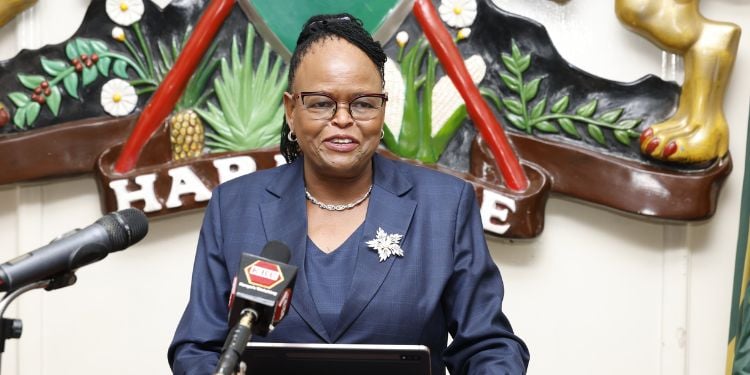The Central Bank of Kenya (CBK) has announced the issuance of a revised Risk-Based Credit Pricing Model (RBCPM) for the banking sector.
In a statement on August 26, CBK said the final revised RBCPM follows a consultation period announced on April 23, 2025.
CBK stated that comments were received from diverse stakeholders, including banks, development partners, industry associations, non-bank financial institutions, consultancy firms, academia, corporate firms, and individuals.
These comments were duly reviewed and considered in finalising the revised RBCPM.
CBK explained that the objective of the revised RBCPM is to strengthen monetary policy transmission, enhance transparency in lending, and promote responsible lending by aligning credit pricing with the borrowers’ risk profiles.
“The final revised RBCPM is anchored on the overnight interbank average rate, now renamed the Kenya Shilling Overnight Interbank Average (KESONIA), to align it to the international best practices,” CBK noted.
The Central Bank further explained that the overnight interbank average rate (KESONIA) closely aligns with the policy rate (Central Bank Rate) under the current monetary policy implementation framework.
How the Revised RBCPM Works
Under the revised RBCPM:
The total lending rate = KESONIA + Premium (“K”), where the premium includes the costs related to lending, returns to shareholders, and the borrower’s risk profile.
The total cost of credit = KESONIA + K + Fees and Charges¹
“KESONIA will apply to all variable rate loans except for foreign currency-denominated loans and fixed rate loans. Where KESONIA is not practical, customers may avail the use of the Central Bank Rate (CBR) as the alternative reference rate.”
The revised RBCPM will take effect from September 1, 2025, for all new variable-rate loans.
As for existing variable-rate loans, the revised RBCPM will take effect on February 28, 2026, at the end of a 6-month transition period for finalizing the necessary arrangements.
Also Read: CBK Invites Kenyans to Invest in Ksh60 Billion Treasury Bonds with as Low as 50K
CBK Directives to Commercial Banks
KESONIA will be published daily by the Central Bank of Kenya on its website and included in relevant market data feeds and reports.
However, the commercial banks will publish their weighted average lending rates, weighted average premium (K), and fees and charges for each of their lending products on their websites and on the Total Cost of Credit (TCC) website.
“Commercial banks will update internal documentation, system references, pricing models, and legal agreements to reflect the KESONIA naming convention going forward,” CBK said.
Also Read: How CBK Will Monitor Bank Transactions in Real Time After System Upgrade
Implications of Adopting KESONIA
CBK said adopting KESONIA supports a broader shift to international best practices on benchmark reference rate frameworks.
The Bank emphasized that the revised RBCPM lays the foundation for further developments such as term rates, KESONIA-linked financial products, and a domestic derivatives market.
Follow our WhatsApp Channel and X Account for real-time news updates
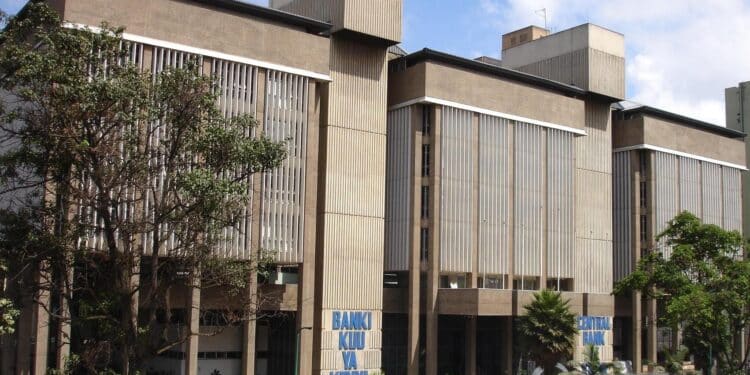


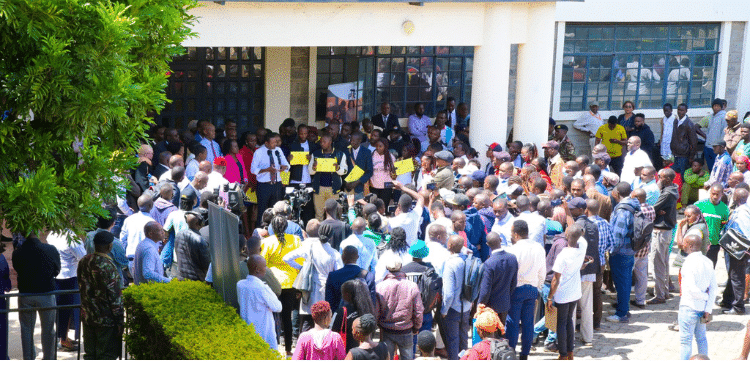






















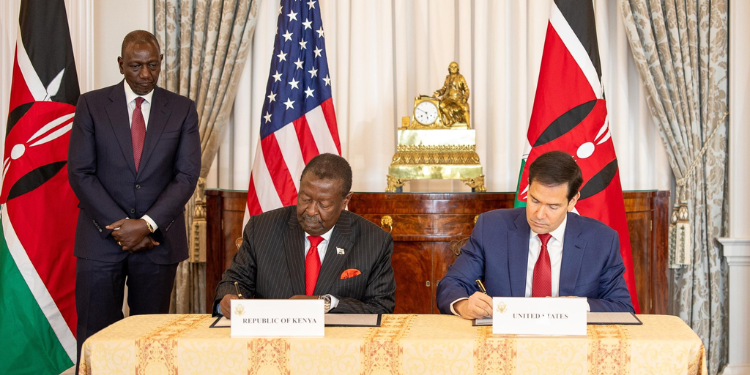


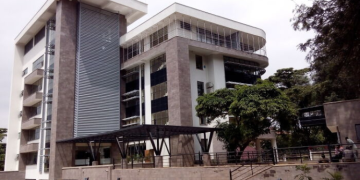








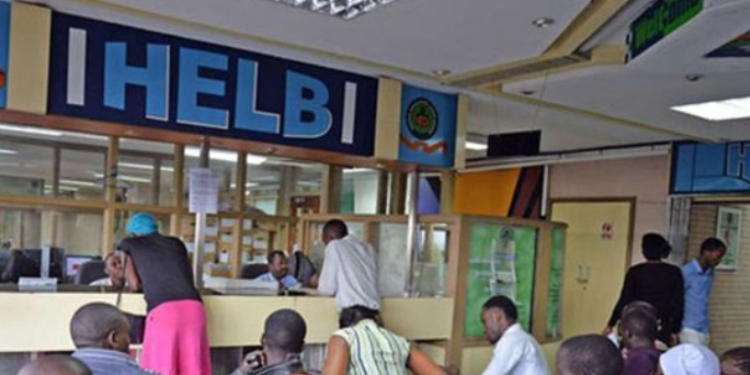


![Nema Closes Emirates Lounge, Bar Next Door And 6 Other Popular Nightlife Clubs [List] Ruto Announces Hiring Of 24,000 Teachers By January 2026](https://cdn.thekenyatimes.com/uploads/2025/11/nairobi-360x180.png)

























